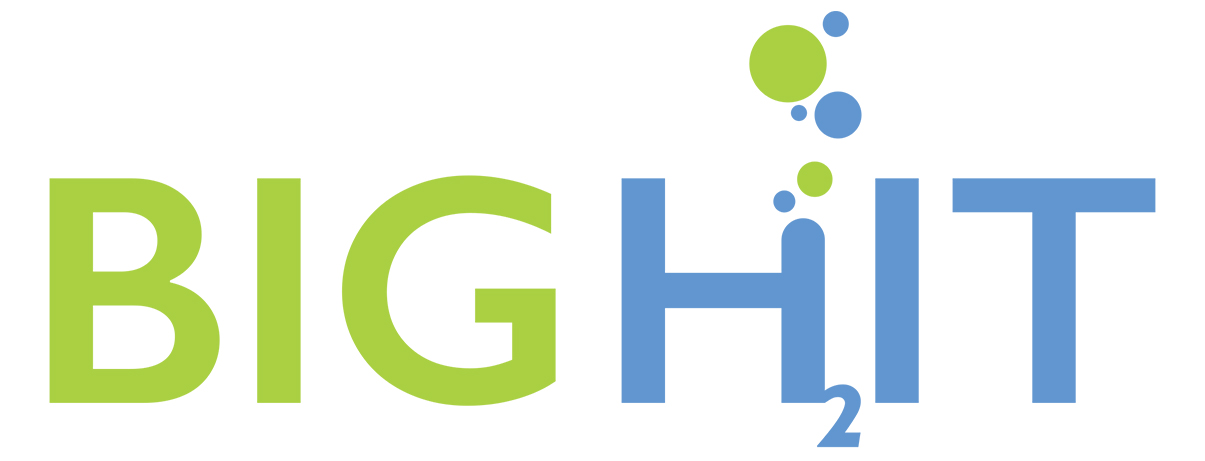23 governments responsible for over 90% of global public investment in clean energy innovation have committed to greater action to make clean energy affordable, attractive and accessible to all this decade. The Clean Hydrogen Mission, a new initiative by the Mission Innovation coalition, will unleash the global clean hydrogen economy by reducing the costs of clean hydrogen to the end user to 2 dollar per kilogram by 2030 and helping to deliver at least 100 large-scale integrated hydrogen valleys worldwide.
- The Challenge: Clean hydrogen has the potential to decarbonise hard to abate sectors, such as industry and heat, which are responsible for two thirds of global emissions and help unlock the full potential of renewable energy. However, today it is up to three times more expensive than hydrogen produced directly from fossil fuels.
- The Goal: To increase the cost-competitiveness of clean hydrogen by reducing end-to-end costs to USD 2 per kilogram by 2030.
- The Mission: the Clean Hydrogen Mission will catalyse cost reductions by increasing research and development in hydrogen technologies and industrial processes and delivering at least 100 hydrogen valleys covering production, storage and end-use worldwide by 2030, to unleash a global clean hydrogen economy.
The Clean Hydrogen Mission was launched on 2 June during the 6th Mission Innovation Ministerial meeting in Chile. The members of the Mission Innovation coalition are the European Commission and Australia, Austria, Canada, Chile, China, Germany, India, Italy, Morocco, Norway, Saudi Arabia, Republic of Korea, the United Kingdom and the United States. Mission Innovation is a global initiative of 22 countries and the European Commission (on behalf of the European Union) to reinvigorate and accelerate global clean energy innovation, achieve performance breakthroughs and cost reductions and provide widely affordable and reliable clean energy solutions. These 23 governments responsible for over 90% of global public investment in clean energy innovation have committed to greater action to make clean energy affordable, attractive and accessible to all this decade.
In a Joint Statement launching Mission Innovation 2.0, Energy, Research and Science Ministers representing 22 countries and the European Commission (on behalf of the European Union) stated: “As many governments and businesses around the world continue to commit to ambitious climate goals and to reach net zero emissions, the need for innovation has never been greater or more urgent. To achieve the Paris Agreement, all sectors of the economy need access to cost competitive clean energy solutions this decade.” In the statement, ministers committed to step up their collective ambition and cooperation; mobilize and connect global research, development and demonstration efforts to maximize the impact of these investments; build confidence in clean energy solutions; and develop pathways to deployment.
Mission Innovation 2.0 will spearhead a decade of innovation to catalyse increased investment in clean energy research, development and demonstrations to deliver affordable clean energy solutions by 2030. Action will initially focus on three global Missions: power systems, shipping, and hydrogen. The new Clean Hydrogen Mission will build a dynamic and ambitious alliance between countries, businesses, investors and research institutes to accelerate innovation on clean hydrogen. This will include international collaboration on research, development, and innovation to further develop Hydrogen Valleys and accelerate building a global clean hydrogen economy.
The Clean Hydrogen Mission is launched for an initial period of five years, and depending on progress achieved, may be extended for a further five years to support the delivery of its key objectives by 2030.

